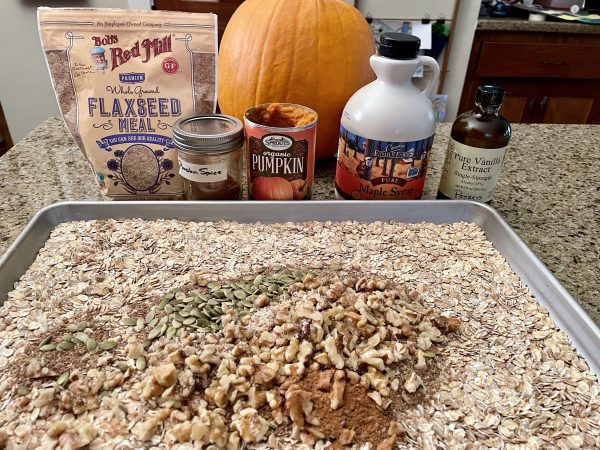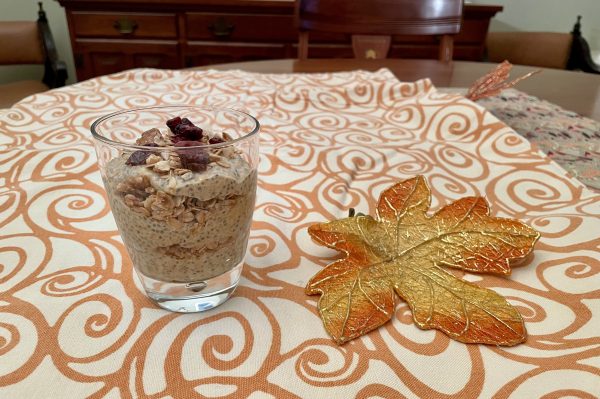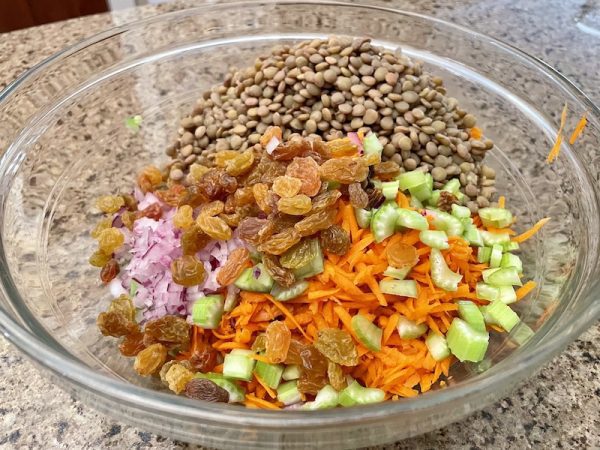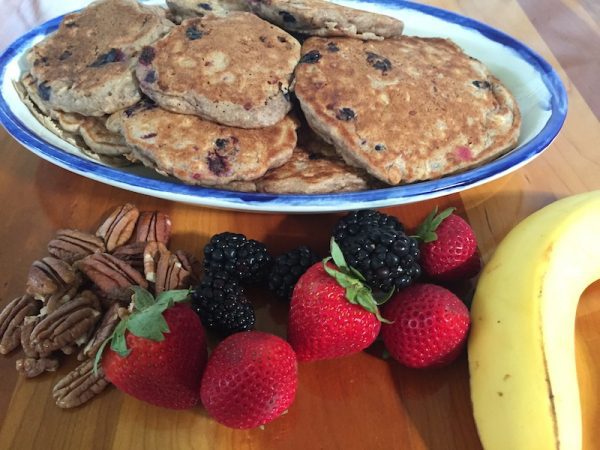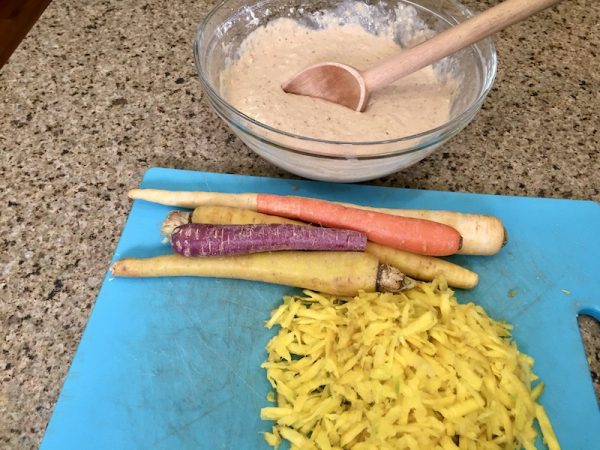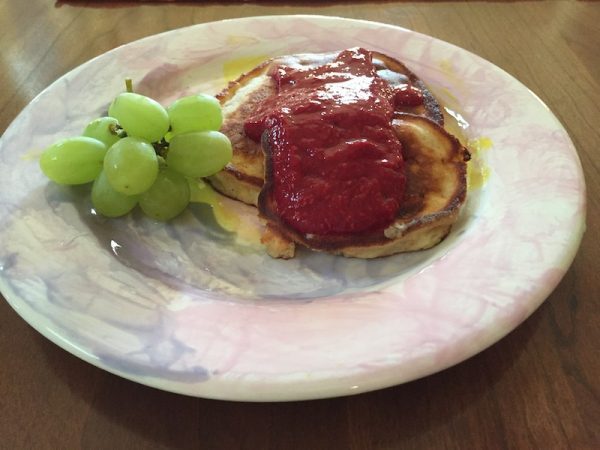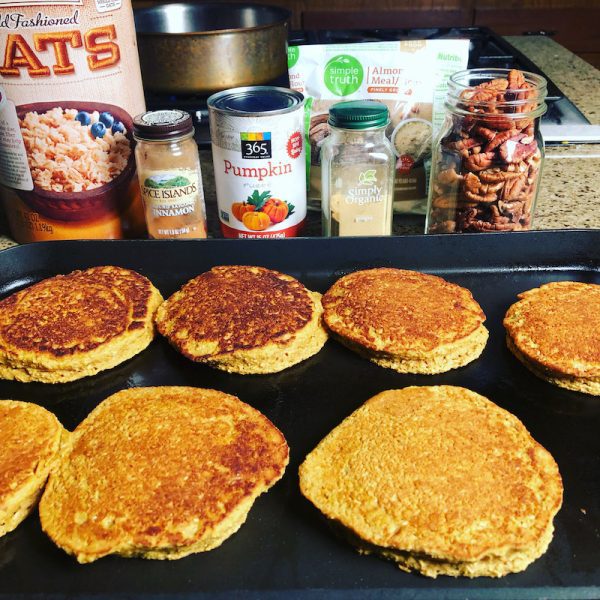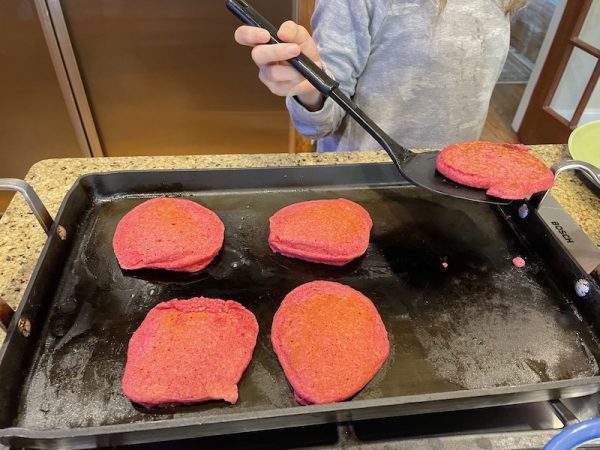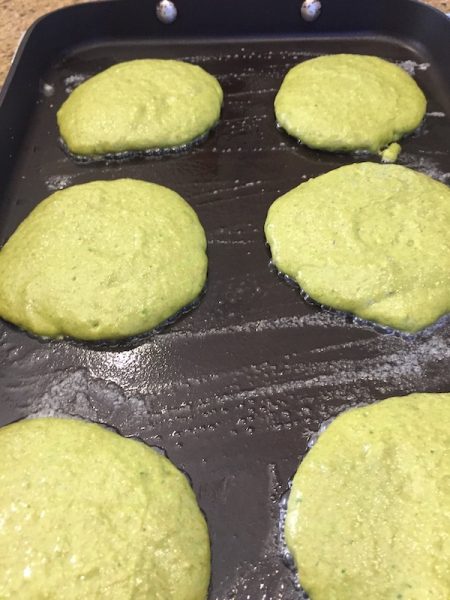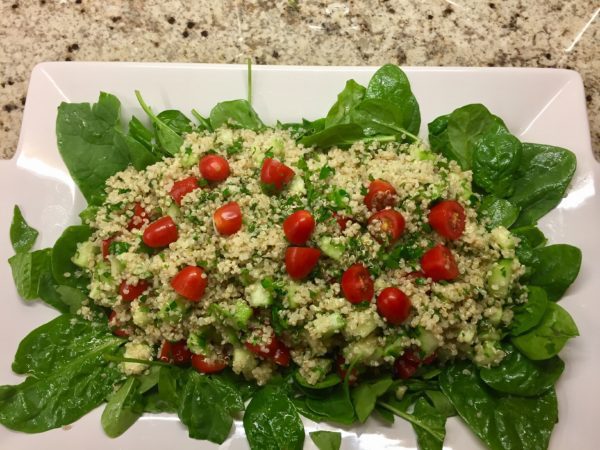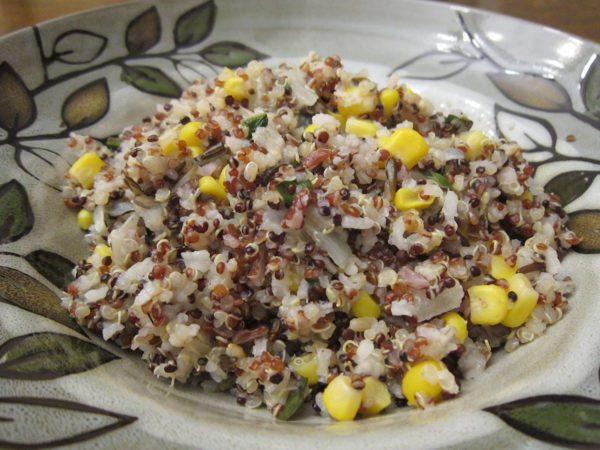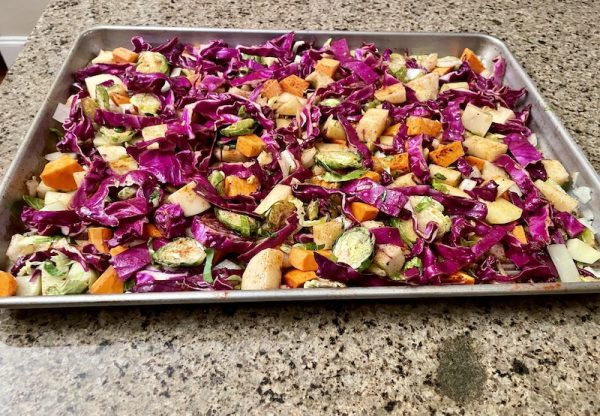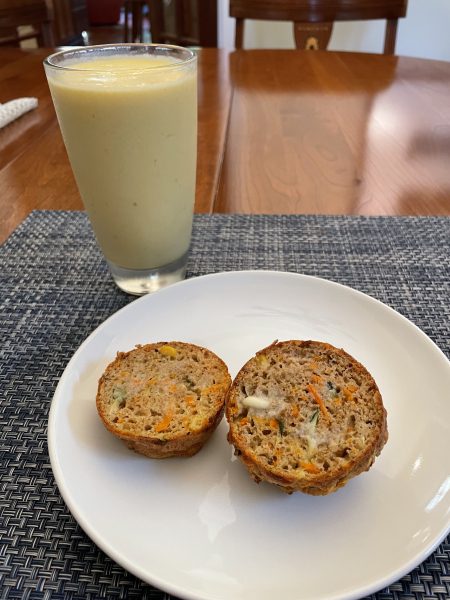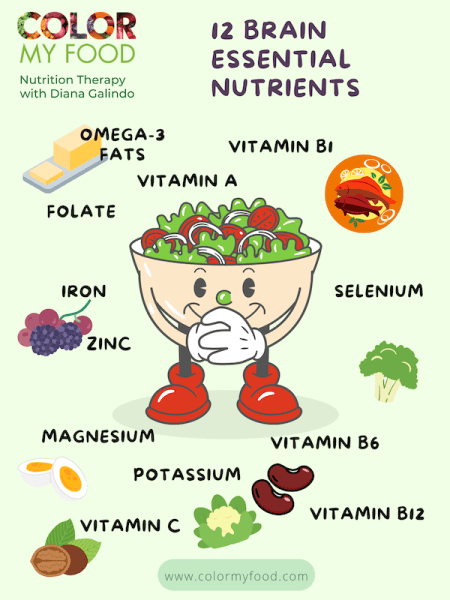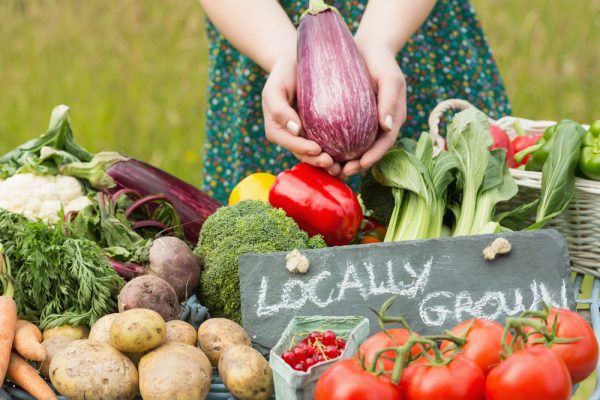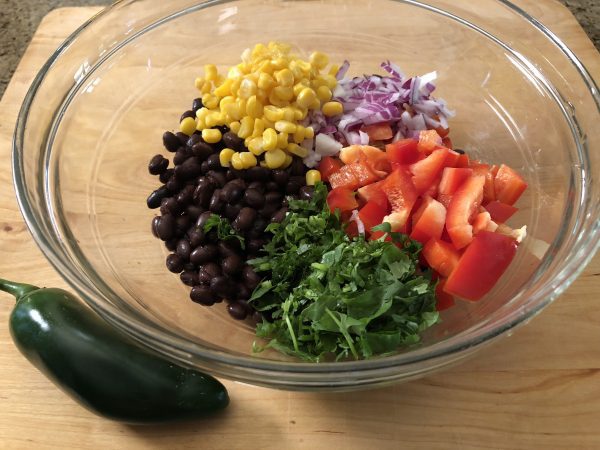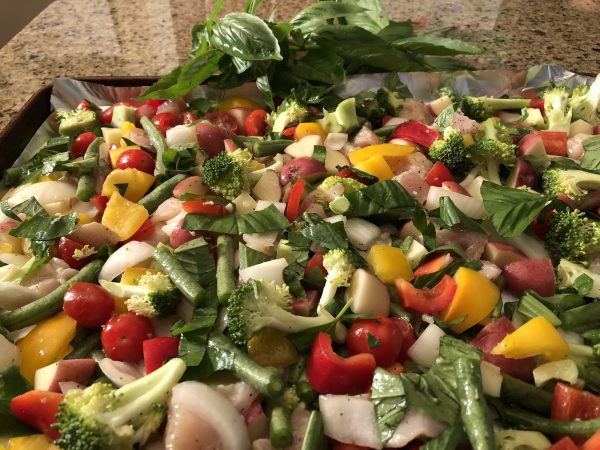4 Tips to Minimize Holiday Sugar Overload
Cookies and candy, holiday goodies and cocktails oh my. Sugar is everywhere! How to navigate the sugar overload that will keep coming all the way into the New Year?
Here are 4 tips to minimize monumental weight gain and the health hazards of holiday inflammation.
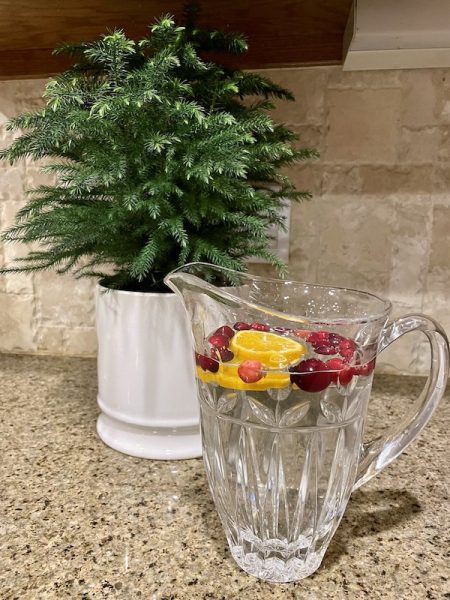
Drink water
Did you know that water is the #1 nutrition deficiency in the U.S.?
- Drink water first after waking up. While you are sleeping, millions of processes in your body are hard at work repairing cells, removing toxins, literally cleaning up and moving waste into your eliminations systems (hello large intestine and colon!). Add 1 tablespoon of lemon juice or apple cider vinegar to help your body detox.
- Drink half your body weight in ounces throughout the day. For example, if you weigh 140 pounds, drink 70 ounces of water (8 – 9 eight-ounce glasses).
- If plain water is not your thing, add fruit, sliced cucumber, herbs (mint, basil) for an infused water.
- Drink a glass of water in between each glass of wine/holiday cocktail.
- Track your water intake. There’s a difference between what we think we do and actually do.
This is especially important to help your liver process the holiday foods/beverages onslaught and to help flush your body of excess indulgences.

Remove temptation from your kitchen
- Processed snacks (chips, goldfish, graham crackers etc.)
- Baked goods (bread, bagels, store-bought muffins etc.) and granola bars (unless they have 5g of sugar per serving)
- Put homemade Christmas cookies in a tin out of sight
Skip the snacks
But if you can’t go without, stock up nourishing ones
- Hummus, guac, goat cheese, cottage cheese, almond butter
- Blue corn chips, pita chips, pretzels
- Plantain chips
- Rice cakes (no added sugar)
- Seaweed snacks
- Seed crackers (Nut Thins or Mary’s Gone Crackers)
Remember to always “dress your carbs”. Enjoy the pita chips, pretzels, rice cakes etc. with good fats (hence the hummus and other options at the top of this list.)
Eat mindfully
- Only at mealtimes
- Take few deep breaths before eating. This gives your body time to activate the digestive processes — saliva, stomach acid, pancreatic enzymes etc – to break down food into nutrients.
- Eat away from digital devices, the news and distractions. Pay attention to what (and how much!) you are eating.
- Focus on chewing until food is liquid before swallowing. Your body will be overworked the next several weeks; breaking down food thoroughly reduces gastrointestinal stress, and lets your body absorb the nutrients.
- Slows down while you eat. It takes 20 minutes for your stomach to tell your brain it is full. When you eat too fast, you are likely to overeat.
Take these tips into the new year and build sustainable habits. Your body will thank you by performing better!


